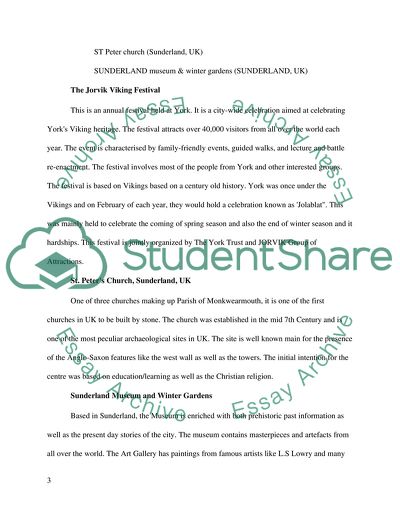Cite this document
(Heritage Interpretation as Part of Tourism Experience Coursework Example | Topics and Well Written Essays - 2500 words, n.d.)
Heritage Interpretation as Part of Tourism Experience Coursework Example | Topics and Well Written Essays - 2500 words. https://studentshare.org/tourism/1868405-heritage-interpretation
Heritage Interpretation as Part of Tourism Experience Coursework Example | Topics and Well Written Essays - 2500 words. https://studentshare.org/tourism/1868405-heritage-interpretation
(Heritage Interpretation As Part of Tourism Experience Coursework Example | Topics and Well Written Essays - 2500 Words)
Heritage Interpretation As Part of Tourism Experience Coursework Example | Topics and Well Written Essays - 2500 Words. https://studentshare.org/tourism/1868405-heritage-interpretation.
Heritage Interpretation As Part of Tourism Experience Coursework Example | Topics and Well Written Essays - 2500 Words. https://studentshare.org/tourism/1868405-heritage-interpretation.
“Heritage Interpretation As Part of Tourism Experience Coursework Example | Topics and Well Written Essays - 2500 Words”. https://studentshare.org/tourism/1868405-heritage-interpretation.


